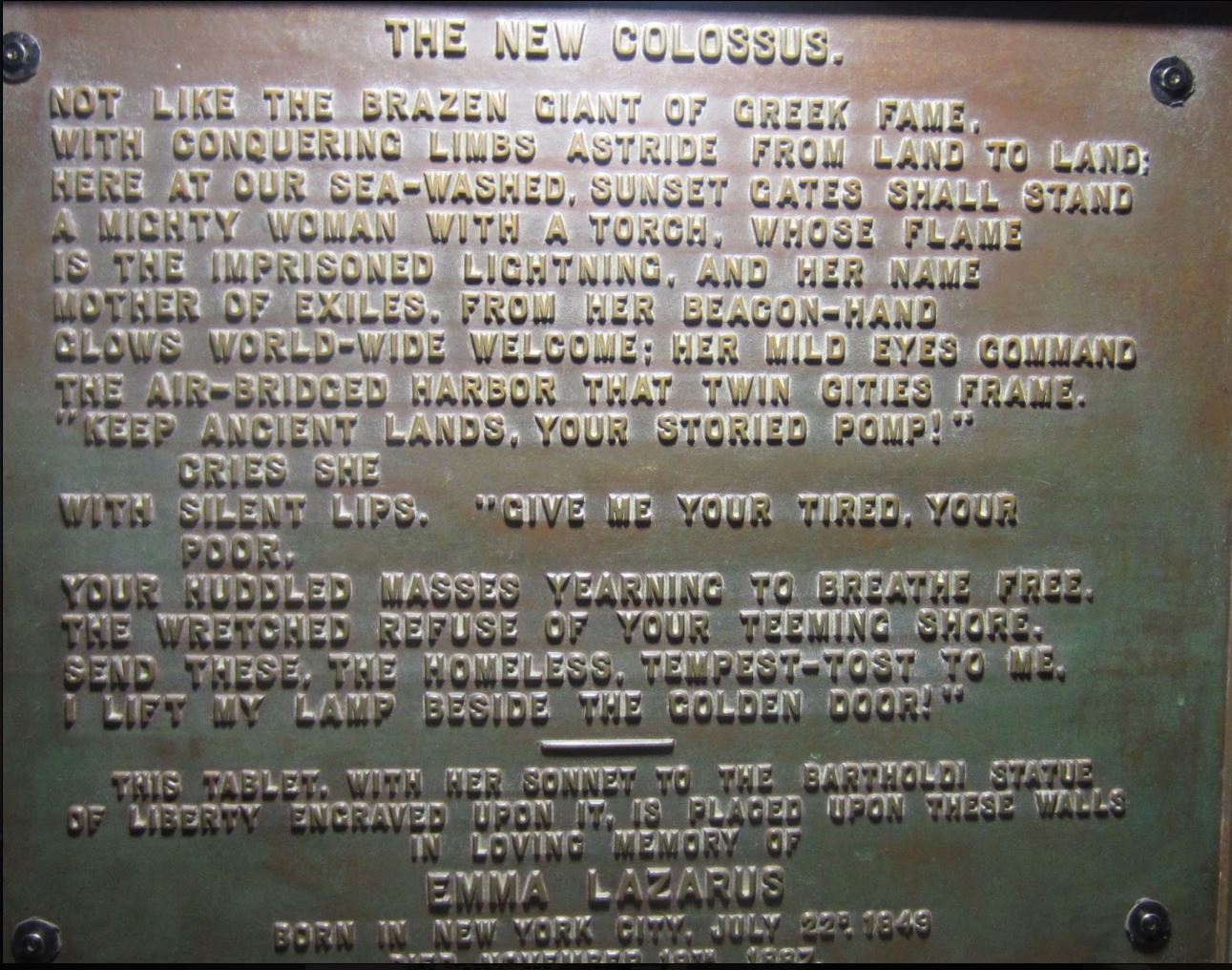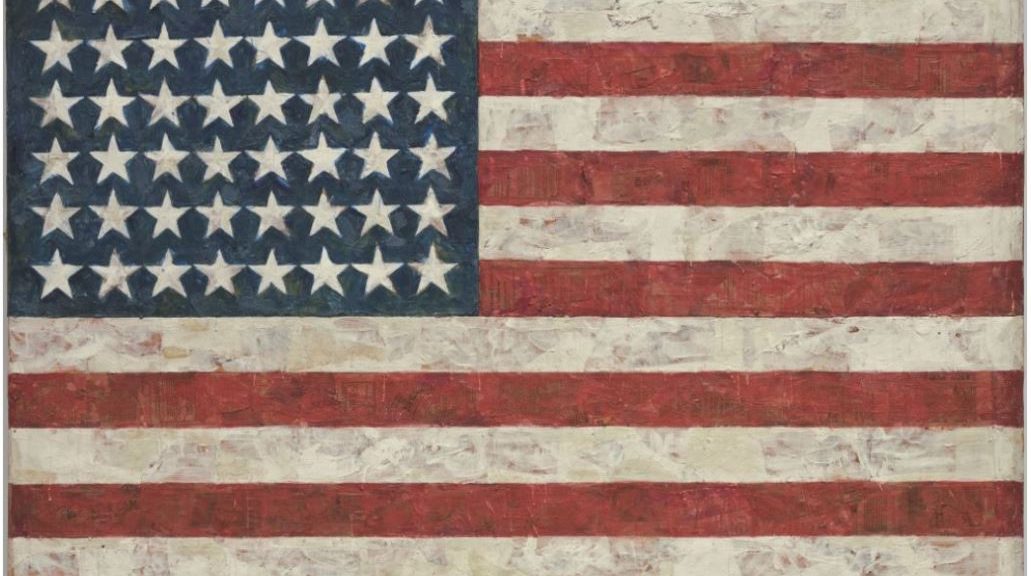
America the Beautiful
It’s often hard for me to walk outside my apartment without feeling like I’m stepping into the set-up of some elaborate joke.
An Orthodox Jewish man, a Muslim woman in a niqab, a Black guy and a white guy are all walking down the street together…
In the seven minutes it takes to walk to the nearest subway stop, I pass six corner stores (two owned by Middle Eastern families, three owned by Latino families, and one by a Black family), two soul food restaurants, three Caribbean restaurants, a Chinese restaurant, a storefront church, and a handful of salons. That’s to say nothing of the McDonald’s, the Subway, and the handful of other shops.
This is one slice of one neighborhood of one borough of the city. This same city has streets in Brighton Beach that look like this, where I couldn’t even sound out the name of the Russian pastry I was trying to buy:

And streets in Flushing, Queens where you may as well be in Beijing:
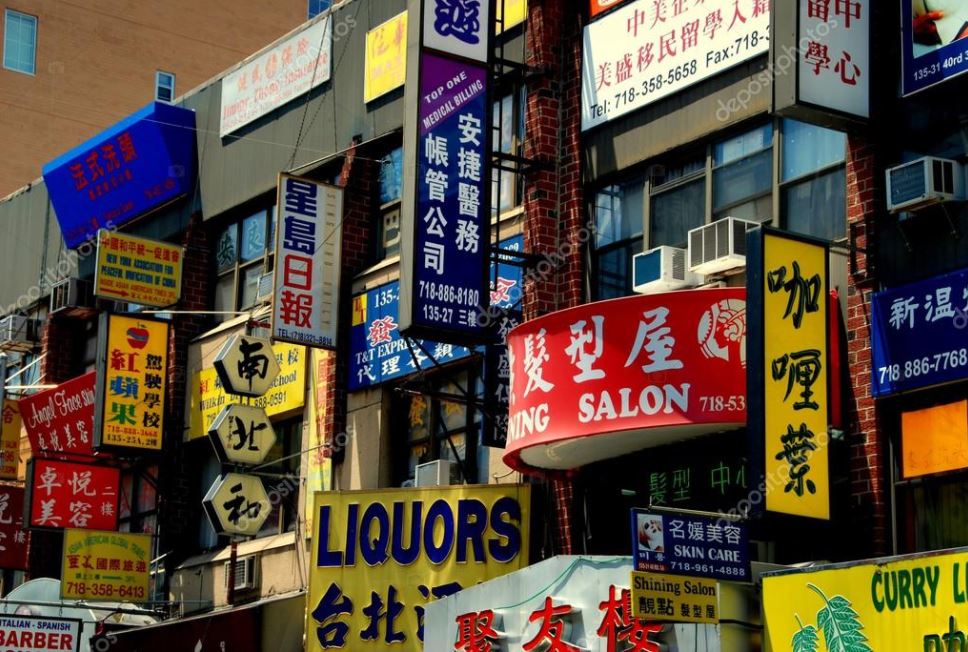
To the Orthodox communities in places like Williamsburg:
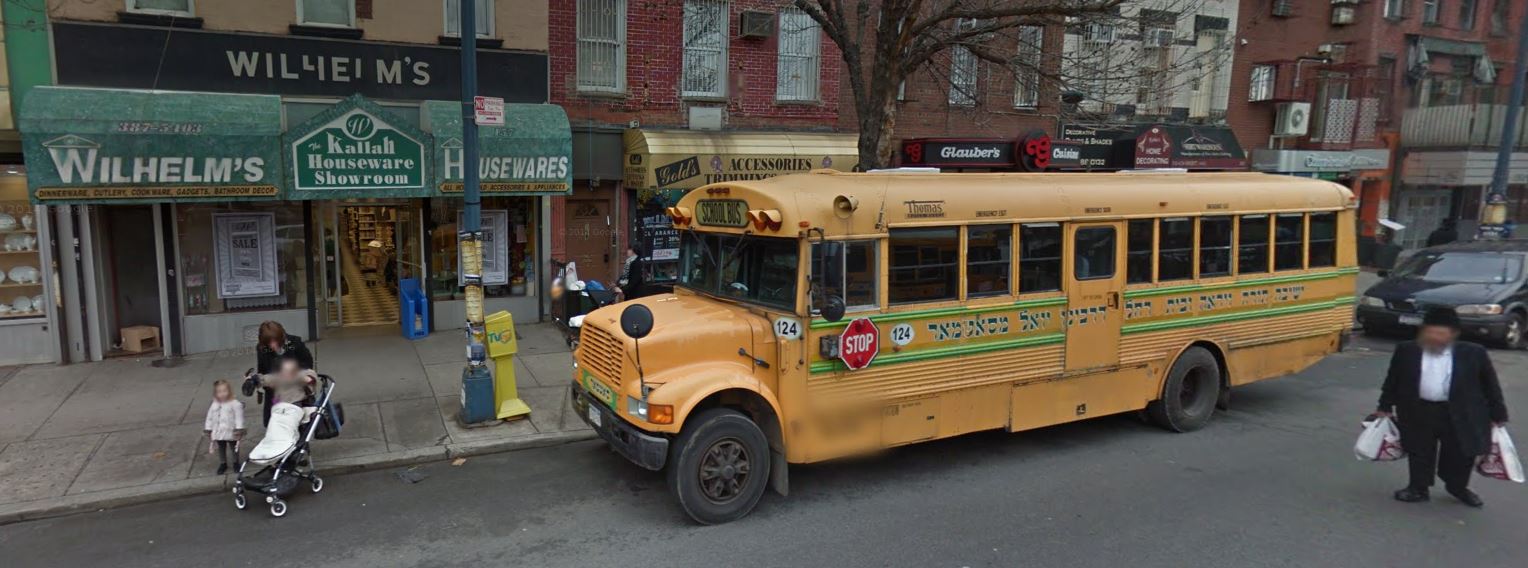
Around the Fourth of July, there are always countless posts on social media with #’Murica splayed across them. And I get it – there’s a political narrative in this country that “Real America” is found in the rural parts of the country, where F150s reign. We see it in Ted Cruz’s snide dismissal of Donald Trump’s “New York Values” which cynical politicos try to distinguish from the values of the rest of the country. Of course, much of America can be found in rural areas. But in response both to the celebration of the Fourth and the current dialogue around immigration and “American-ness”, I think it’s important to recognize that there is something uniquely American about our biggest cities.
You’ve probably seen the following map, but it’s worth returning to. In the map below, 50% of Americans live in orange areas, and 50% live in gray areas:
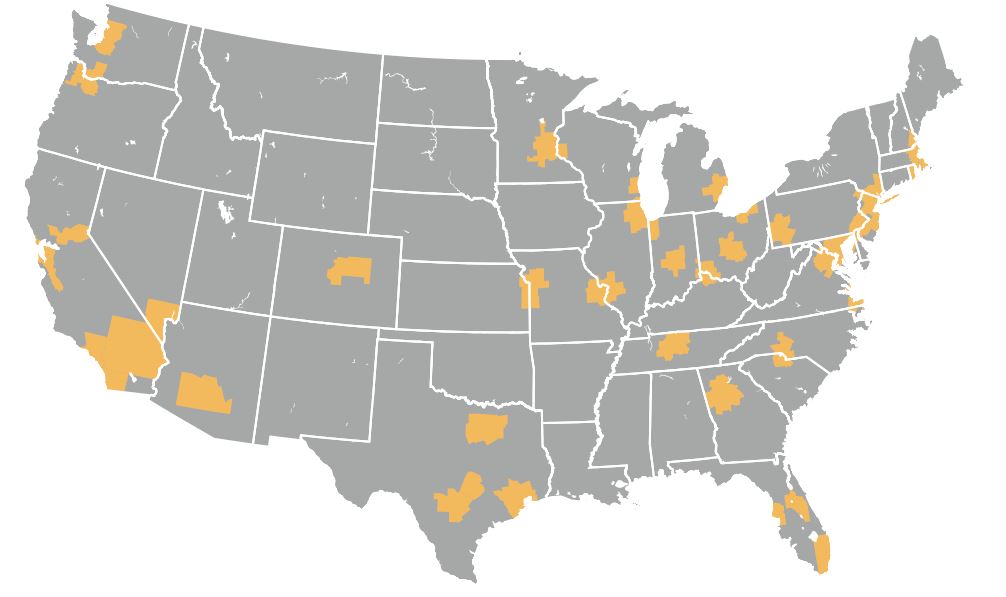
Despite our love affair with the rural life, the simple fact is that most Americans live in areas where they are forced with at least some regularity to interact with folks who are really, really different from them.
It might seem a little funny that I started a Fourth of July post by talking about how much other cultures and languages are represented in New York City. It might, but it shouldn’t. That’s because the foundational principle of this country is that its residents come from somewhere else, bring with them a heritage and a tradition of a land left behind. In many cases that’s been a problematic history (the fact that Native American traditions seem so foreign, and the fact that most of the earliest Black communities -and they’re cultures – were brought here through enslavement), but the fact remains that we are a nation of melted and blended cultures. Though the saccharine is strictly forbidden from this site, the image of the melting pot is one that continues to resonate for generations of Americans.
Queens, to take an example, holds some pretty impressive titles among world regions. It is, for one, the most linguistically diverse area in the entire world. Astoria, one of its most vibrant neighborhoods, claims residents born in most of the countries in the world, and the borough’s merchant’s associations boast a huge array of American citizens born elsewhere. City wide, a full 37% of us were born in another country. With over 3 million immigrants, New York has more foreign-born residents than any other country in the world. What’s more, there are more immigrants living in New York than total people living in any other city in city in the United States, with the exception of Los Angeles. A whopping 48% of small businesses in the city are owned by immigrants.
Cities are difficult. Disagreement can be passionate and long-standing, without clear resolution. Stories like those in South Williamsburg, where the Chasidm try to keep tightly-clad women off their streets, abound. These tensions won’t ever go away, so don’t hold your breath. They are the product of different people, different cultures, different values, and different goals all sharing the same city block. It’s also uniquely and fantastically American. No other country and no other city in the world can lay claim to representing the full spectrum of foods and religions and cultures than the American City.
We can learn much from America’s small towns and rural communities. The simple act of being known walking through town, the peace of a small community that agrees on Life’s Big Questions, the connection with the Earth that produces our food and sustenance – these are good things. They are not, however, uniquely American. From the Chinese plains to the hills of Italy, from towns in Latin America to rural Oregon, the world is full of vibrant, loving, tightly knit communities where everyone shares a similar cultural and religious background. What is, then, uniquely American? It’s our commitment to caring for the stranger, welcoming in the pilgrim and the refugee and the immigrant who worships a strange god and speaks a strange language and cooks weird food.
So let’s move past “Murica.” Murica is what makes the United States so similar to every other country in the world – and that’s not a bad thing. But what makes us U.S.? It’s that America is Estados Unidos. America is الولايات المتحدة الامريكانية. America is 美国. America is Соединенные Штаты. America is สหรัฐ. America is संयुक्त राज्य अमेरिका. America is, ultimately, the willingness to commit ourselves to E Pluribus Unum, and the outrageous optimism that we can actually accomplish it.
